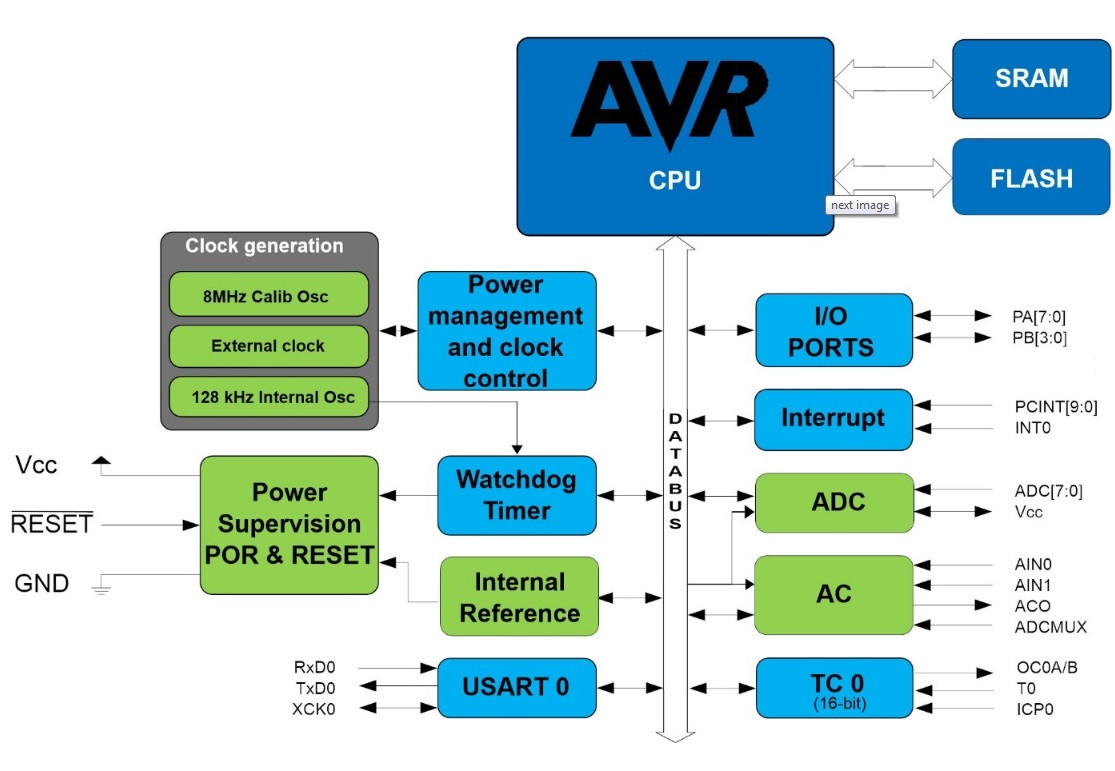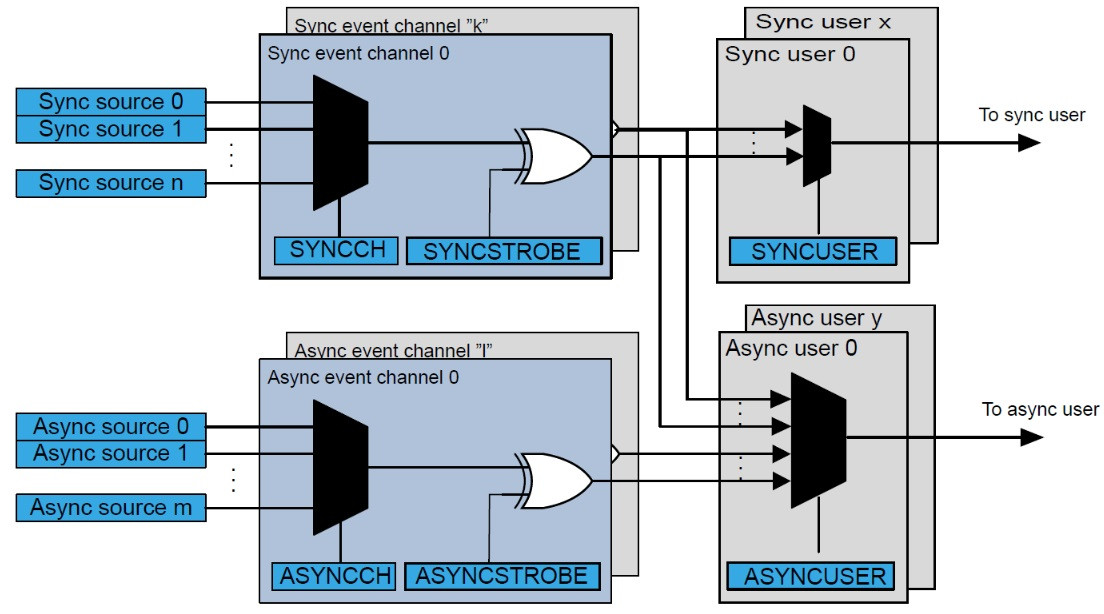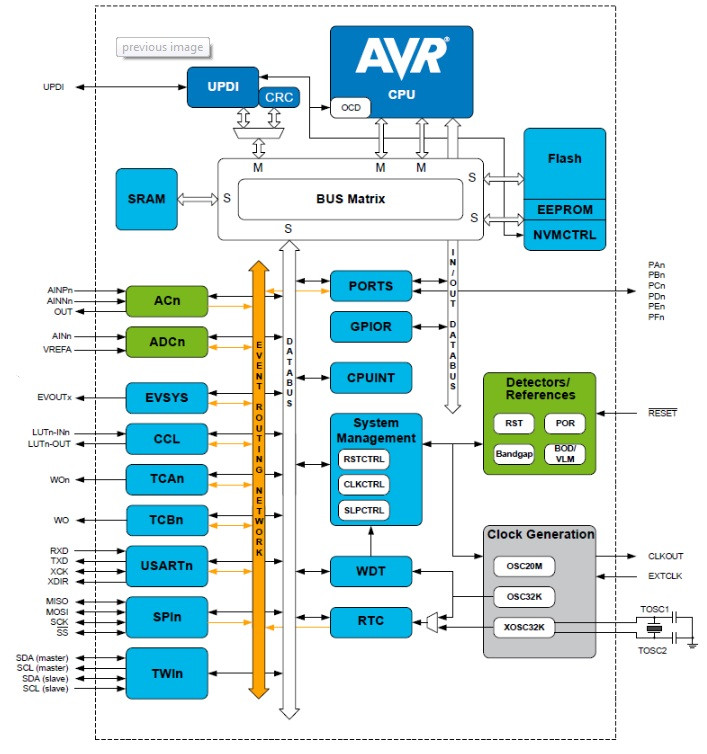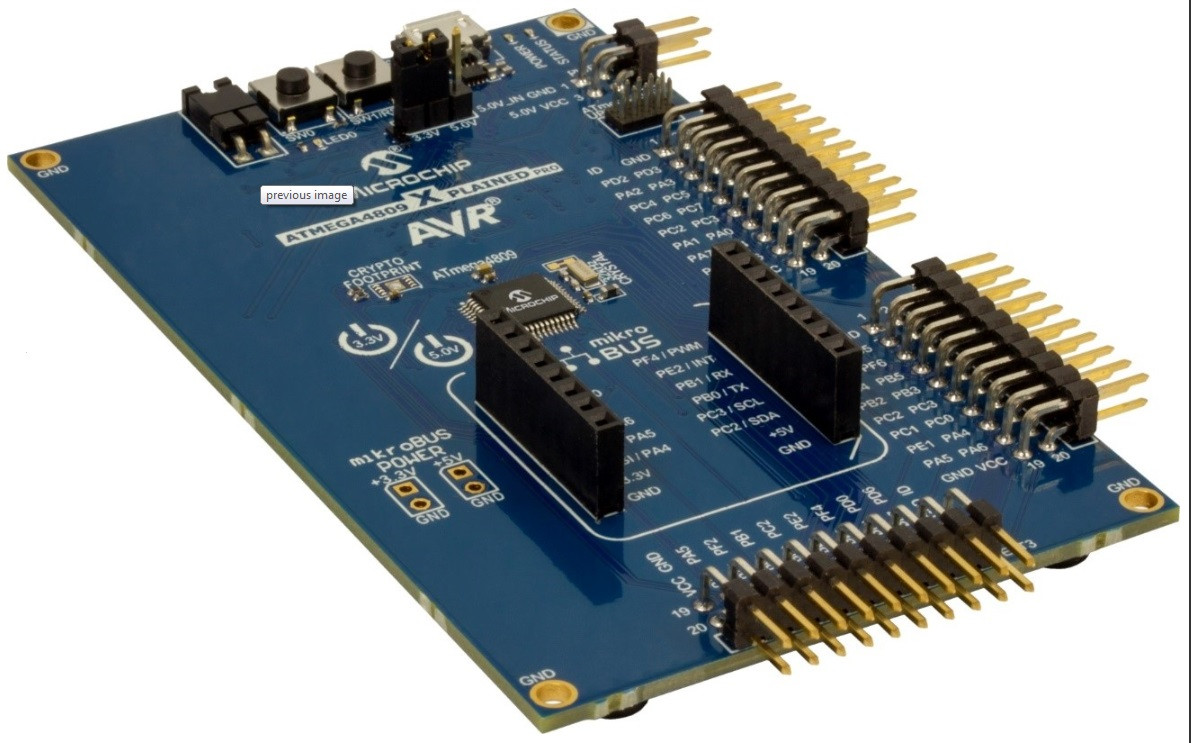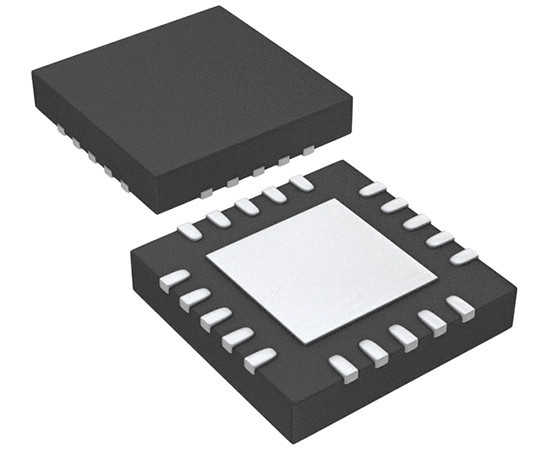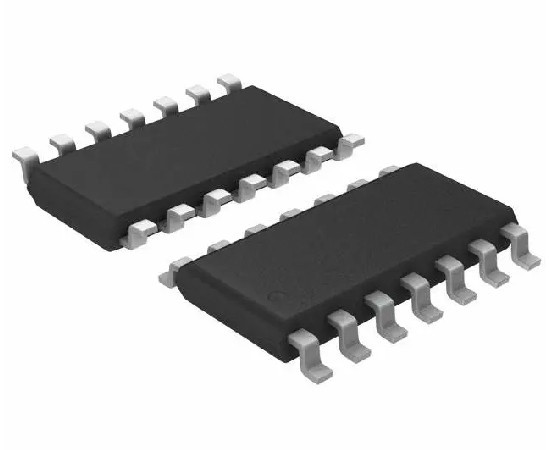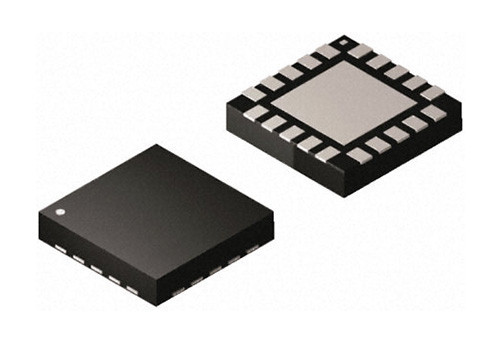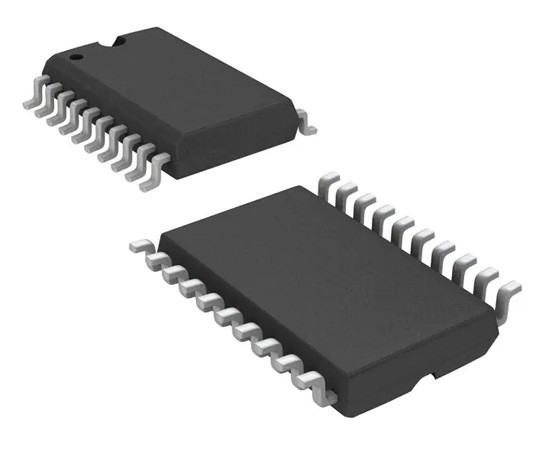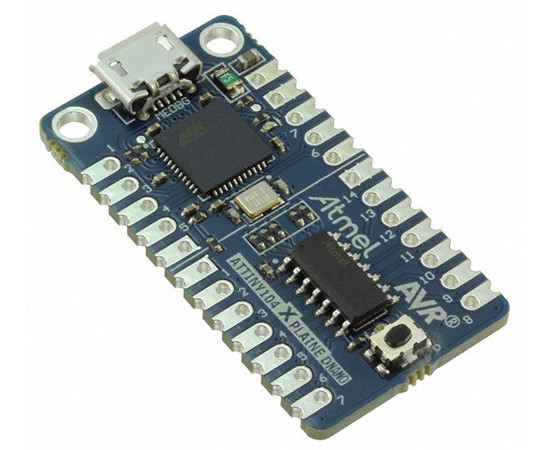Inexpensive 8-bit AVR microcontrollers
 |
|
|
Inexpensive 8-bit AVR microcontrollers
Despite the enormous possibilities offered by 32-bit microcontrollers with ARM cores, 8-bit chips are still very popular. Microchip offers a very wide selection of such systems. Following the acquisition of Atmel in 2016, Microchip's 8-bit microcontroller range has been expanded to include the AVR family, which the manufacturer continues to develop. AVR systems are characterized by a core based on the RISC architecture, easy programming and commissioning, as well as availability in large DIP-type casings, which allows the construction of a microprocessor system without the need to prepare a complicated PCB.
The most miniaturized series of AVR microcontrollers is TinyAVR, also known as ATTiny. Microcontrollers from this series are characterized by a small program memory, about 0.5-16 KB, housings with a small number of pins (6-32), a limited range of integrated peripherals and low power consumption. The systems are perfect for professional and amateur applications where small sizes and simplicity of programming are required, e.g. in monitoring the operation of devices, measuring voltage and current, interface to buttons and switches, measuring and charging batteries, as well as controlling small motors and LEDs. Thanks to the built-in USART port, the microcontroller can be connected to a wired or wireless serial interface. This enables the design of an efficient, small and energy-saving IoT end solution. Equipment of TinyAVR microcontrollers may include:
One of the most basic series of TinyAVR microcontrollers is the ATtiny102/ 04, presented just before the merger of Atmel and Microchip. The systems have 1 KB Flash memory and 32 B SRAM memory. They are equipped in the USART ports, a 16-bit counter and an RC oscillator with an accuracy of ± 2%. They can work with supply voltages in the range of 1.8… 5.5 V and with a clock rate frequency of up to 12 MHz. The ATtiny102 systems are available in the SOP-8 housing and have 5 ADC channels with a resolution of 10 bits. The ATtiny104 controllers are available in the SOP-14 housing and have as many as 8 ADC channels. Series marked with the letter "F" additionally have the function of quick system start.
ATtiny20x/40x microcontrollers have more Flash memory (up to 4 KB) and SRAM (up to 256 B). They also contain a built-in EEPROM memory with a capacity of up to 128 B. The analog-to-digital converter has as many as 12 channels with a resolution of 10 bits and a built-in reference voltage. The maximum clock frequency of the system is 20 MHz. These chips also include CCL modules and a hardware multiplier. An interesting feature available in this series is the Event System, which enables the cooperation of peripherals without using the core resources. This function is used in applications where the key is to ensure the reaction of the system in a specific time. Additionally, in battery-powered applications, using the event system can significantly reduce power consumption. Microcontrollers also use the SleepWalking mechanism. It is useful in applications where the system uses the sleep mode. The principle is to define the conditions for the periphery (under which the microcontroller CPU will be awakened from the sleep mode). An example condition may be exceeding a certain voltage value at the input of the A / C converter. It is a very effective way to minimalize energy consumption.
The ATtiny21x/41x series microcontrollers have Flash memory up to 4 KB and SRAM up to 256 B. They also contain built-in EEPROM memory up to 128 B. Apart from the ADC converter, the circuits also include a DAC converter with a resolution of 8 bits. The maximum clock frequency of the system is 20 MHz. Microcontrollers from the series marked as NR are able to work in the temperature range -40 ... + 105 ° C, while the FR series: in the temperature range -40 ... + 125 ° C. The supply voltage of the systems ranges from 1.8 V to 5.5 V. Small microcontrollers from the MegaAVR family Table 1. summarizes the parameters of the ATtiny systems presented in the article.
Microcontrollers from the series marked as NR are able to work in the temperature range -40 ... + 105 ° C, while the FR series: in the temperature range -40 ... + 125 ° C. The supply voltage of the systems ranges from 1.8 V to 5.5 V. Small microcontrollers from the MegaAVR family TinyAVR circuits are very convenient, however, there are many applications with higher requirements that needs a microcontroller with more memory resources and richer equipment. In this case, popular 8-bit microcontrollers from the MegaAVR series present an interesting solution. They contain the same AVR core as the TinyAVR family, but are better equipped.
Block diagram of megaAVR microcontrollers
The ATmega320x series has 32 KB Flash memory and 4 KB SRAM memory. Additionally, it is equipped with EEPROM memory with a capacity of 256 B. This device can work with supply voltages in the range of 1.8… 5.5 V and clock frequency up to 20 MHz.. The ATmega3208 chips are available in the TQFP32 and VQFN32 cases. They have 12 ADC channels with a resolution of 10 bits and a maximum sampling rate of 500 kSPS. They contain 3 USART ports, SPI and I2C ports and four 16-bit counters. However, the ATmega3209 controllers are available in TQFP48 and UQFN48 cases and have up to 16 ADC channels with a resolution of 10 bits and a maximum sampling rate of 500 kSPS. They contain 4 USART ports, SPI and I2C ports and five 16-bit counters. The ATmega480x series microcontrollers have 48 KB Flash memory, 6 KB SRAM memory, and 256 B EEPROM memory. In addition to the larger memory capacity, the configurations of ATmega4808 and ATmega4809 are analogous to ATmega3208 and ATmega3209. The ATmega4808 is available in TQFP32 and VQFN32 housings, has 12 channels of ADC converter, includes 3 USART ports and four 16-bit counters. The ATmega4809 is available in TQFP48 and UQFN48 casings, has 16 ADC channels, 4 USART ports and five 16-bit counters. An interesting fact is that the ATmega4809 microcontroller was used as the heart of the newly released Arduino Uno WiFi revision. All AVR microcontrollers can be programmed by using Atmel Studio software. Microchip, also in the MPLAB X environment from version 5.0, started to support these systems and currently, projects can be built for all the above-mentioned series in both environments. For the latter environment, the MCC (MPLAB Code Configurator) plug is also available, which enables the graphical configuration of the microcontroller peripherals. Microchip also supplies a wide selection of AVR programmers as well as development kits for each microcontroller family. One of them is the ATmega4809 Xplained Pro, equipped with the ATmega4809 chip. The kit is available from Micros. ATMEGA4809-XPRO development kit Summarry Microcontrollers from the TinyAVR and MegaAVR families are very convenient systems for use in simple IoT devices, monitoring, control and many other applications where small dimensions, price and simple design of the microcontroller are more important than a great computing power. Despite some limitations, 8-bit microcontrollers are not disappearing from the market and there are still many applications where they are sufficient. ATTiny and ATMega systems can be purchased from Micros, which offers microcontrollers and development kits from companies such as: ST Microelectronics, Microchip, Texas Instruments, NXP, Silicon Labs and others. Source: Portal mikrokontroler.pl: https://mikrokontroler.pl/2019/06/14/niedrogie-8-bitowe-mikrokontrolery-avr// (z dnia 14.06.2019). |
|
We invite you to familiarize yourself with the full offer of AVR MICROCONTROLLERS: CLICK HERE |
|

